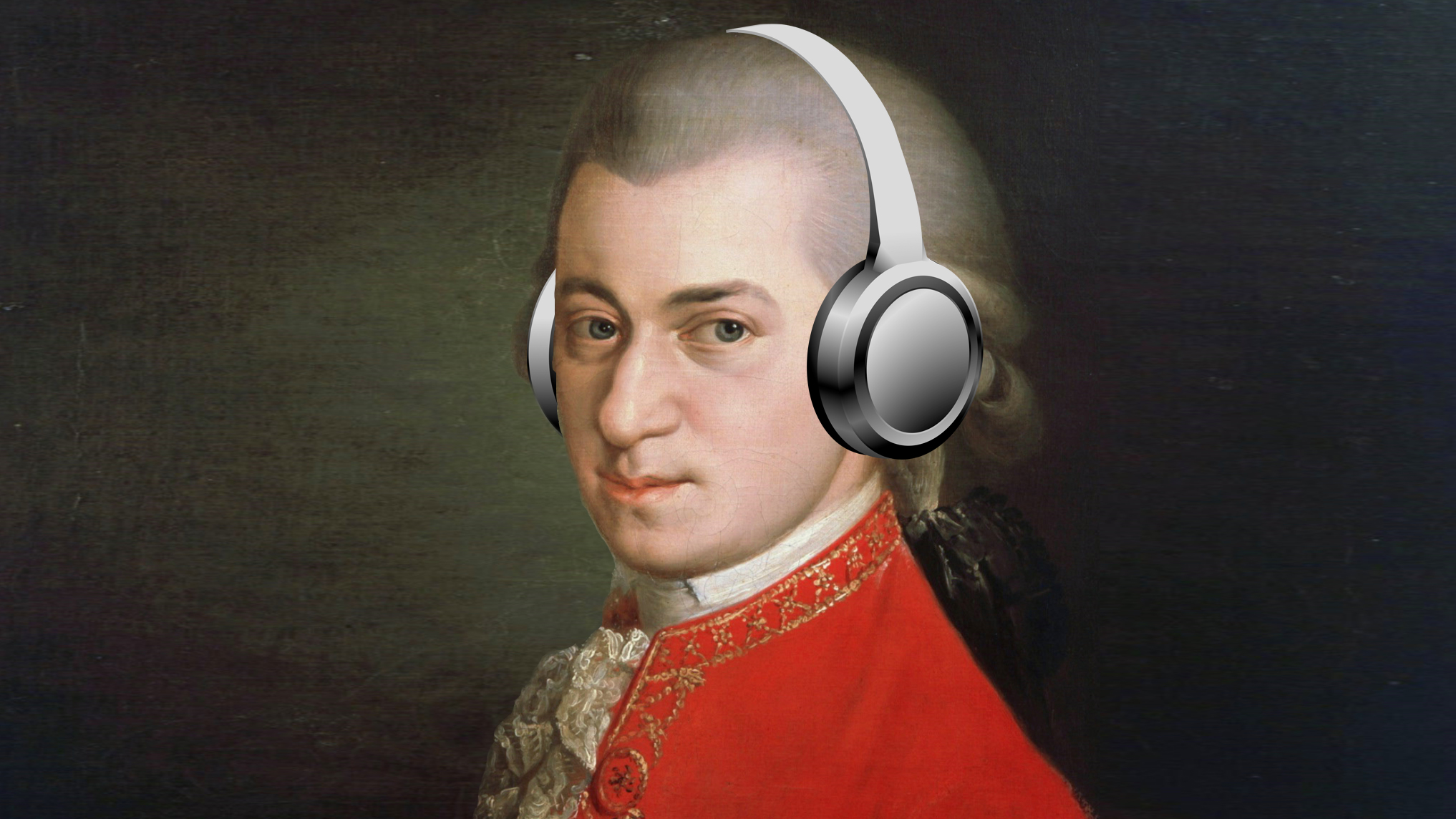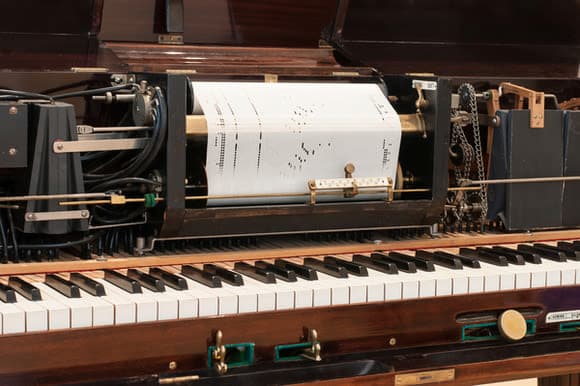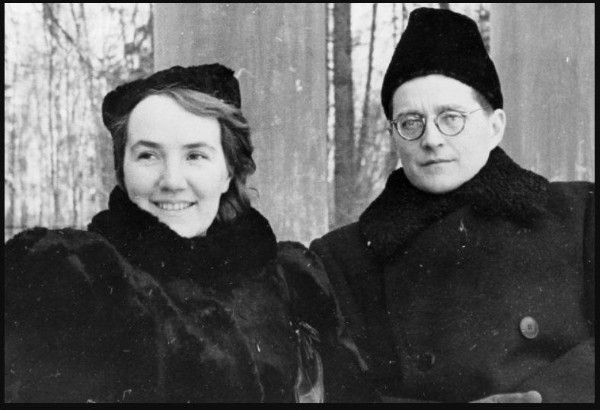Nowadays, we are so used to hearing music being played in our ears from so many different sources, that we tend to forget how we got there in the first place. Our current devices are the result of a long chain of evolution, and before the birth of computers, there were multiple other ways to play music.

© abc.net.au/
In fact, believe it or not, but there used to be a time where the only way one could hear music was by playing an instrument. Background music did not exist — the idea of music for the sake of decoration does not start to flourish before Satie defines it. Before that, music was an active process. Eventually, we felt the need to engage with music on a passive level, and one had to find a way to enjoy music without the need to perform it. Enters the playback device. This is still far before any sort of recording device was invented. Let’s look at music, for robots.
Evolution of Music Players 1857 – 2020 | History of Music Players
Let’s go back in time. Everyone nowadays owns speakers — in some sort of form, whether from their smartphones or from highly developed hi-fi systems. But before that, in the Western world, it was all about the piano; in fact, the instrument was often at the centrepiece of the living room, it used to be much more common to own one, and much more people would learn how to play it. That was the only way to have music at home. Then came the pianola — or player piano. It was created by American inventor Edwin S. Votey in 1896, and was the very first time a robot would play music. A self-playing piano, it was built with a pneumatic or electro-mechanical mechanism that operated the piano action via programmed music recorded on perforated paper or metallic rolls — the ancestor of the MIDI system really! But before that… Did you know that the first music box ever made – and coincidentally the first music playing device – dates back to 1811?

Player piano © ctfassets.net
The first music box and music device was automatic, producing sound by placing pins on a disc or a revolving cylinder. It was small enough so it could fit into a pocket. Before the computer was invented, many attempted at creating musical robots, and one of the most interesting — and used again recently — is the attempt at automatic music in Pat Metheny’s Orchestrion; a project which places the guitar as the controller — the conductor — of a mini orchestra of percussive instruments. Each note triggers another note on a different instrument which allows the musician to control his own orchestra through the guitar. The result is quite fascinating. Today, we take our relationship with the computer either as granted — like the case of much electronic music — or we take it as something to fear and stay away from — from people who consider themselves purists of acoustic instruments.
Orchestrion – An Excerpt from The Orchestrion Project

A polyphon music box © littlemeadowsagility.co.uk
We have come a long way since the idea of music being played automatically first emerged. Of course, in parallel to this, have emerged playing devices from the first phonograph of 1877, to the first headphones of 1890, the first portable stereo of 1962, the walkman, discman, MP3 player, and finally iPod in 2001 today, the concept of playing music on a device is perceived as banal, but our ancestors would be quite amazed at what the world has achieved. Some food for thought next time we hear music played in a bar, a shop, or the underground.
For more of the best in classical music, sign up for our E-Newsletter



